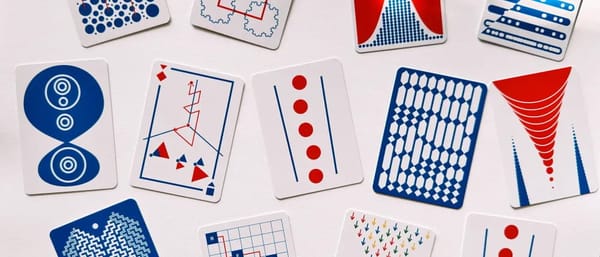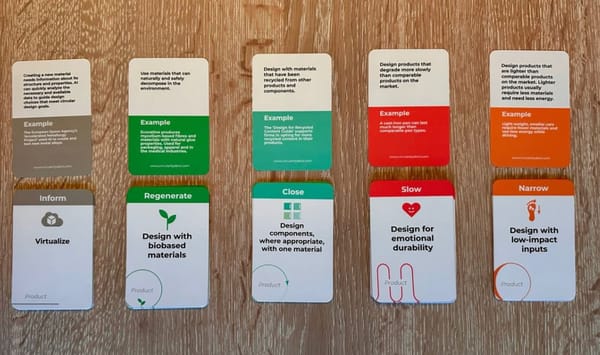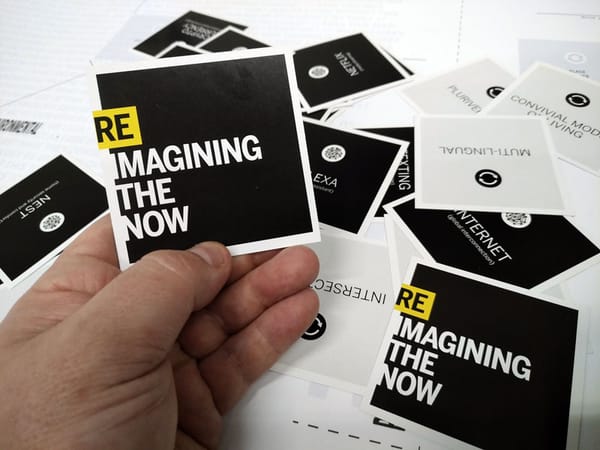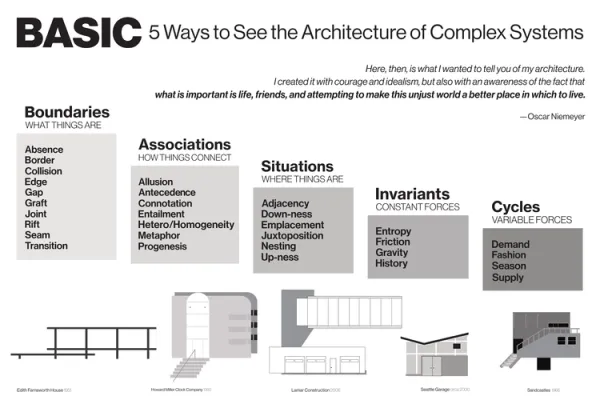№ 98 | Types of Deadlines, Awesomeness from Oliver Caviglioli, The Revised Bloom’s Taxonomy, Fractional Work, EuterPen, PRIMES, and ThreatGEN® Red vs. Blue
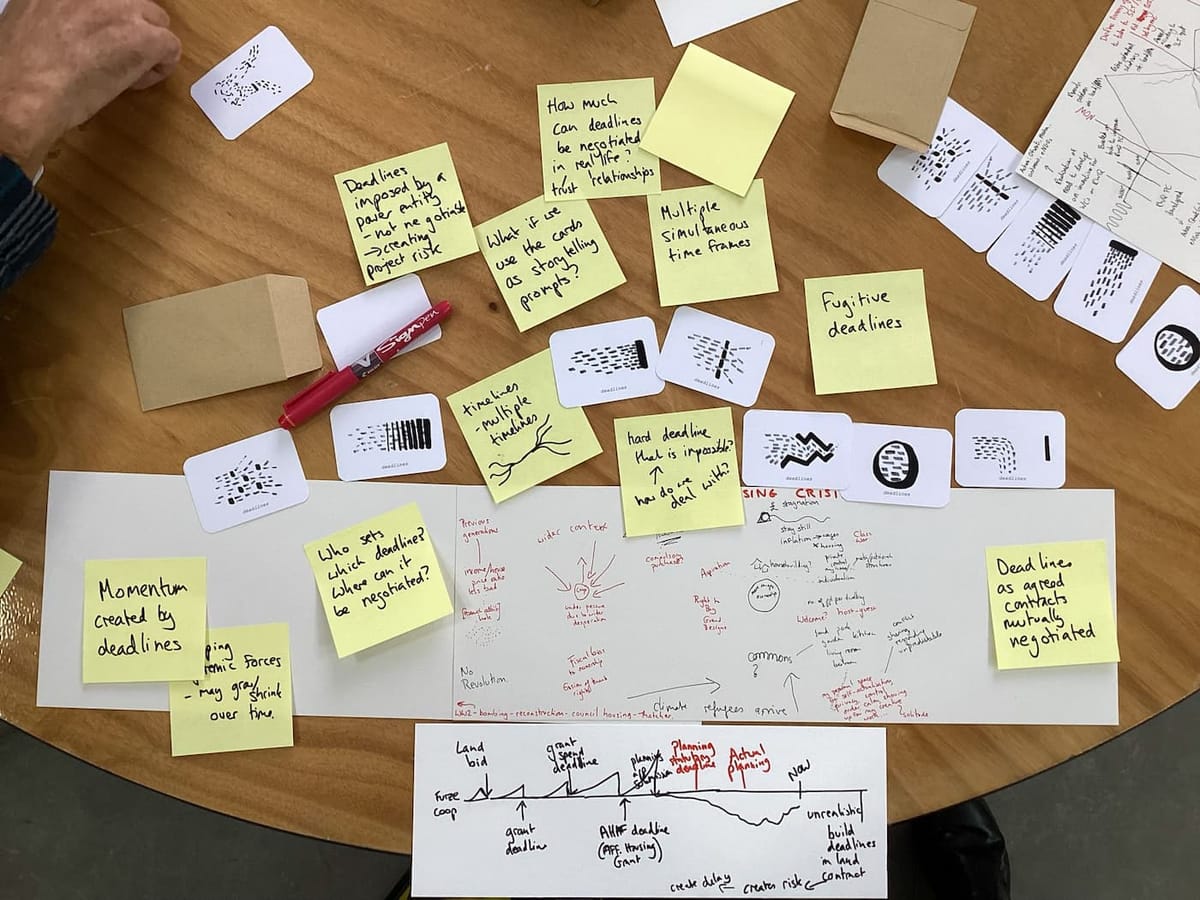
Here we go—another dose of playful things to think with and think about!
Types of Deadlines
When I saw this, I knew instantly this was going into the newsletter! Here we have a visual explanation—a visual way to think about—various types of deadlines [LI] . And while the poster below is specifically about deadlines, this work is rooted in a broader research initiative (see these two papers) asking us to think critically about the notion of time, our relationship with this construct that is “neither natural nor neutral,” and in doing so explore “how to cultivate temporal imagination.”
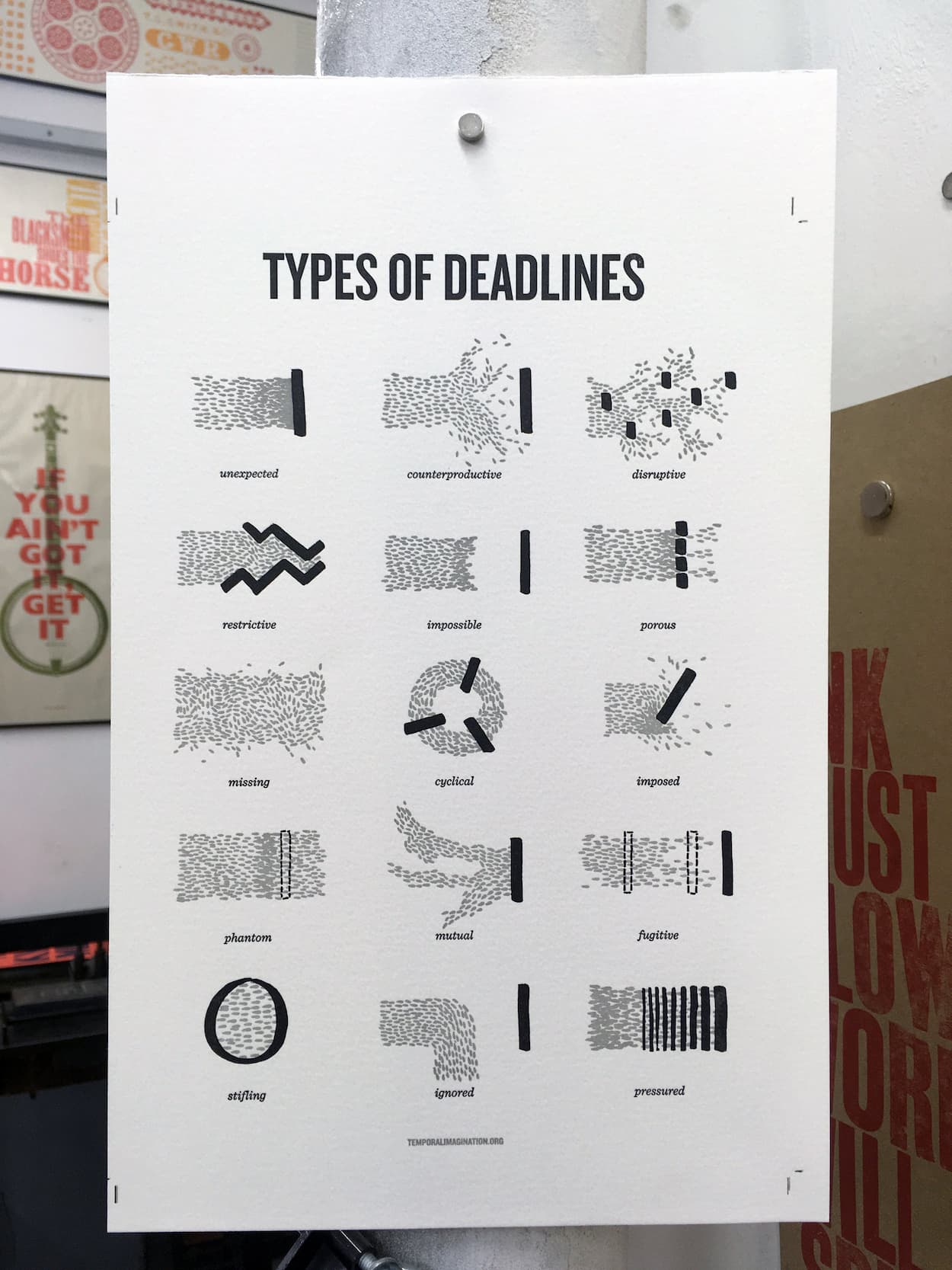
Awesomeness from Oliver Caviglioli
Since writing Figure It Out, I’ve distilled the message of that book to these 3 lessons:
Give form to ideas.
Manipulate those forms.
Do this together.
This is a straightforward, jargon-free way to sum up a 400 page book. But… There is so much research and theory behind these 3 phrases, research that even I—as author on the topic—have started to forget. Which is why… I love this simple diagram from fellow visual sensemaker Oliver Caviglioli, a diagram that didn't make the cut for his book Organise Ideas [LI].
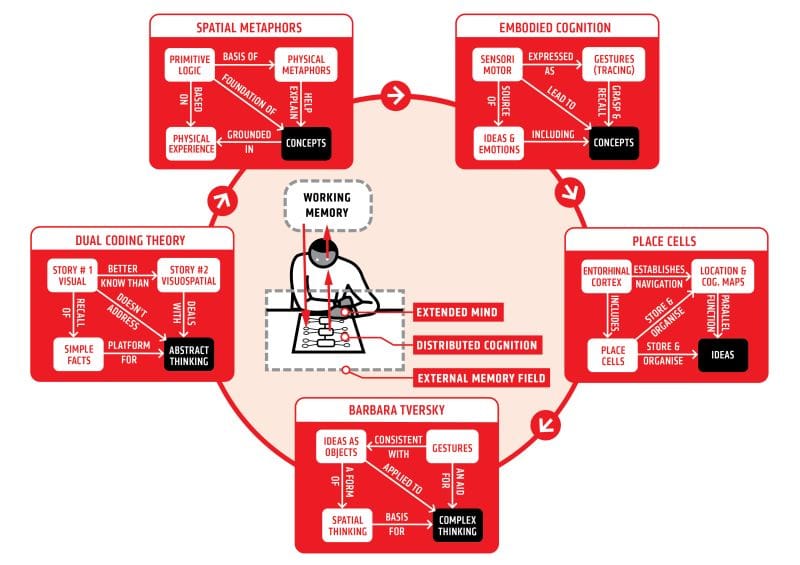
If you’re interested in the research behind why we give form to ideas (e.g. card decks, sticky notes, diagrams) spend some time with this illustration. It’s a sort of Grand Central Station for ‘thinking things’ that points to entirely different lines of supporting research!
The Revised Bloom’s Taxonomy
I’ve never been with the camp that hates on Bloom’s Taxonomy—like all models, it’s a model to think with. And as models go, it has been useful as a provocation to go beyond rote memorization and consider how to weave higher order thinking skills into lesson plans. That said, I kind of like this Revised Bloom’s Taxonomy [LI] that mashes up some familiar looking “cognitive processes” with “knowledge dimensions” to create a 4x6 grid of possibilities. I will say, going from 6 words in the back of my mind to roughly 2-3 dozen words on a page begs the question of usefulness, but I found this video explainer of the Revised Bloom’s Taxonomy quite useful for addressing those concerns.
Anyway, teaching (assessment) models to think with!
Oh, and I’m kind of with one commenter in the LinkedIn post who asks “If it's not [supposed to be] hierarchical, why is it presented as ascending steps?”
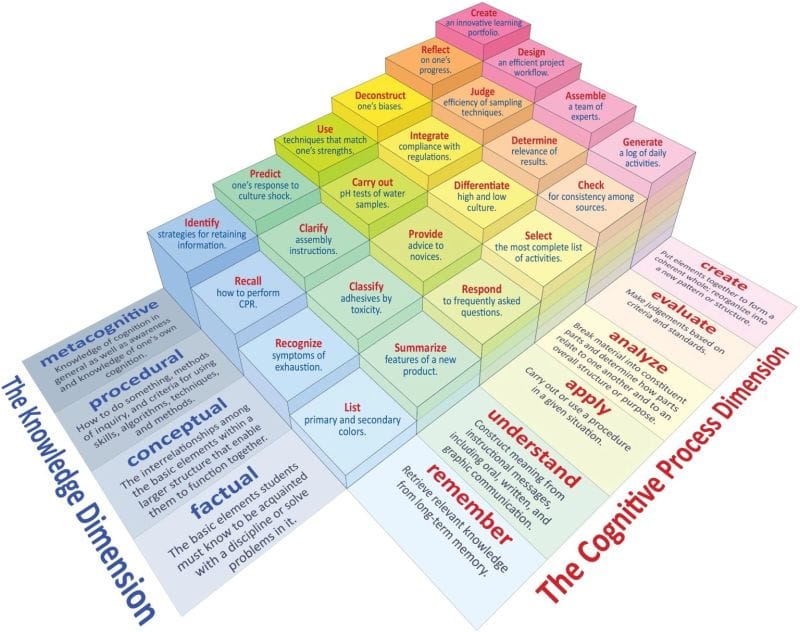
Speaking of models…
Fractional Work
I learned early in my career to distinguish between being a ‘Freelancer’ and ‘Consultant’. ‘Contractor’ and ‘Advisor’ were sprinkled in there somewhere, while the notion of a ‘Fractional’ role is something more recent to me. Anyway, here’s a simple matrix that places these various roles based upon (1) experience and (2) integration with the team [LI].
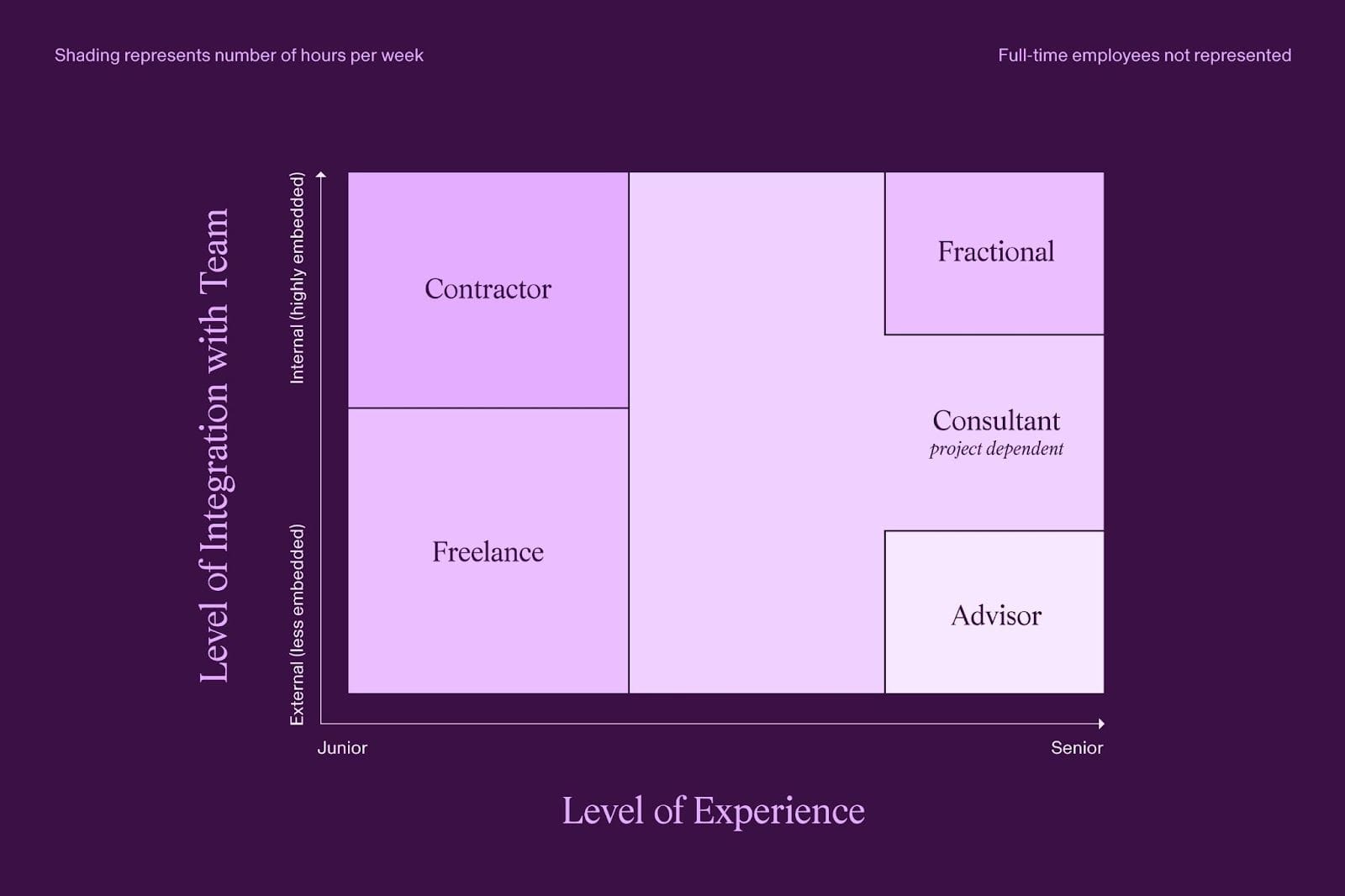
EuterPen
It’s been a minute since I’ve come across some fresh UI / interaction patterns! The EuterPen (brought to my attention by Andy Matuschak) is “a research prototype that was used to demonstrate what could be done to give composers more flexibility with their software.” Think about the transition from typewriters to document editors, and the associated shift from word capture to interactivity—that’s the essential shift being explored here, where you can interact with your musical notation as part of the creation process. In this way, EuterPen is both a thing to think with for musical composition, and well as something to think about for anyone designing interfaces.
PRIMES
Regular readers may have noticed I’m not sharing a card deck in this issue of Thinking Things (Wait, WHAAaaaT?! 😲). That acknowledged, The PRIMES comes close, as a sort of proto-card deck for change initiatives. You can purchase the book, but you can also visit this page with dozens of tools (workshop and/or thinking activities?), each a way to “illuminate common group dilemmas that slow progress and keep you from getting the extraordinary outcomes you want.” Enjoy!
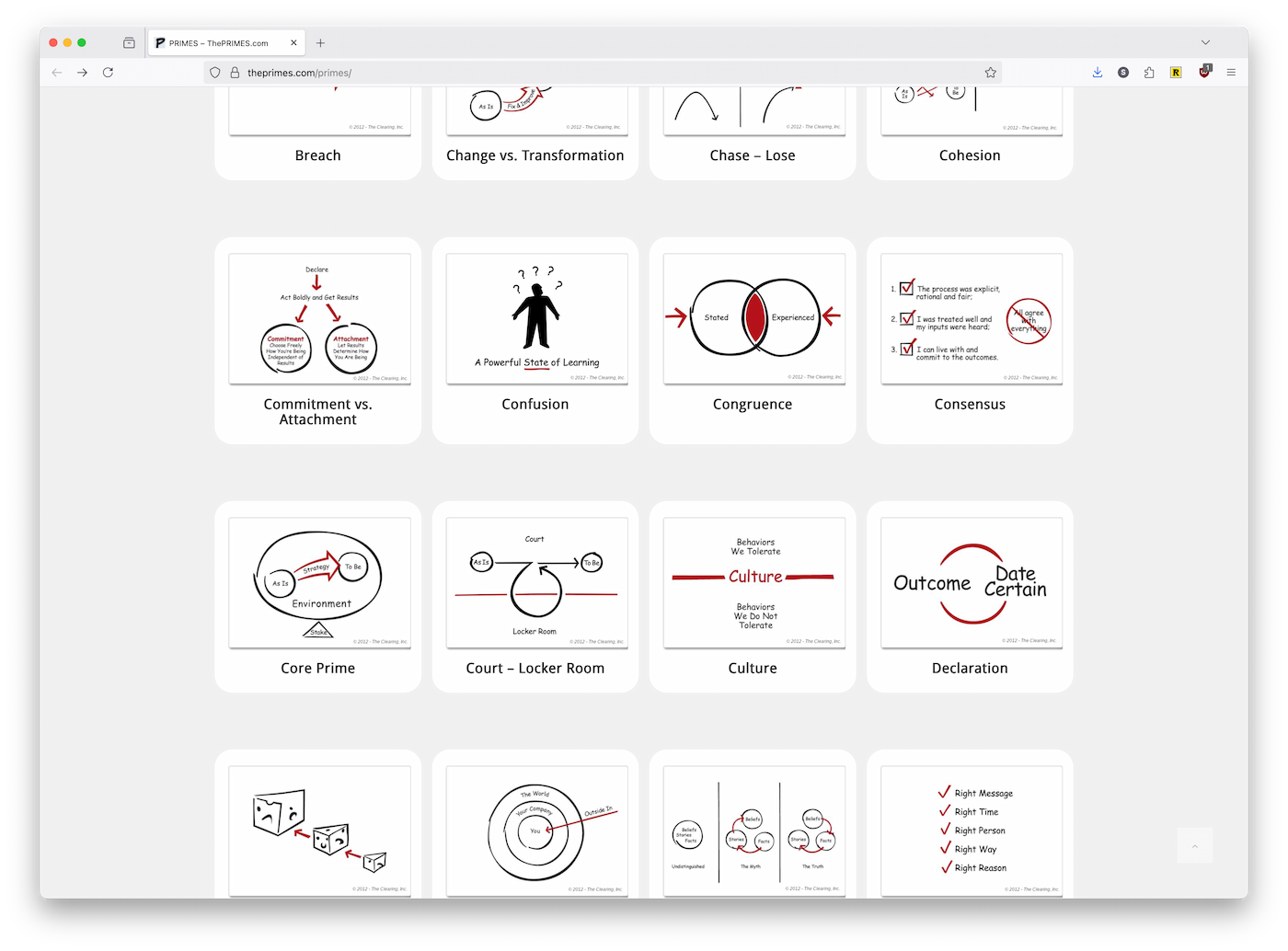
Let’s wrap up this edition of Thinking Things with something a bit more… playful!
ThreatGEN® Red vs. Blue
ThreatGEN® Red vs. Blue is an asymmetric video game simulation, letting you play either the blue team (defending against cyber attacks) or red team looking for vulnerabilities. Positioned as a corporate training tool, I can’t imagine a better way to immerse yourself in (and really learn) critical cybersecurity concepts. I especially like that this is accessible to any role… While the concepts and “action tree” options are very detailed, no experience with actual code or syntax is required; your job (as blue team) is all about making critical decisions. As in real life, you have limited resources (money, staff, and time) and you must keep an eye on both your threat intelligence meter and a profit/loss meter. Gameful learning, FTW!
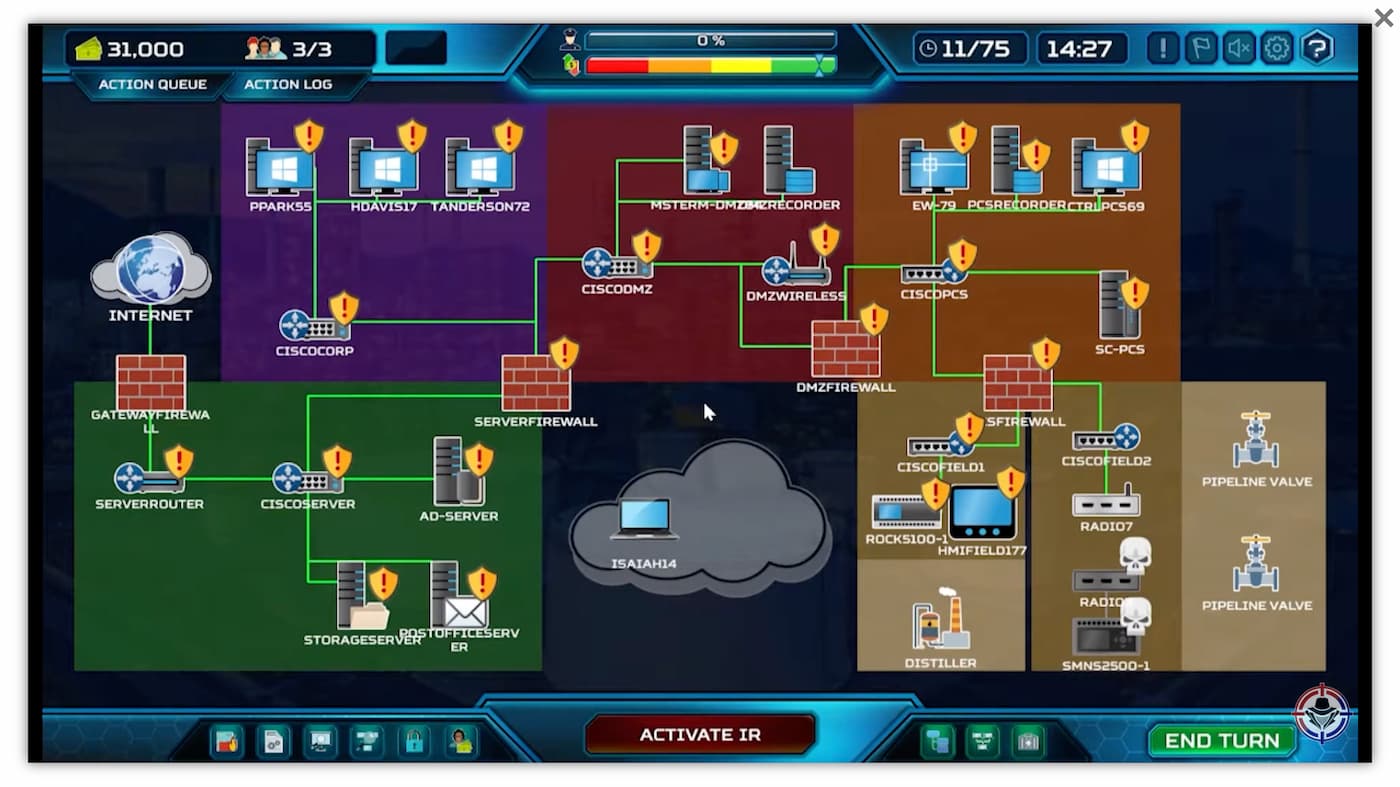
Here’s a 30 minute walkthrough…
And, that’s all for now. Until the next issue… Cheers!


